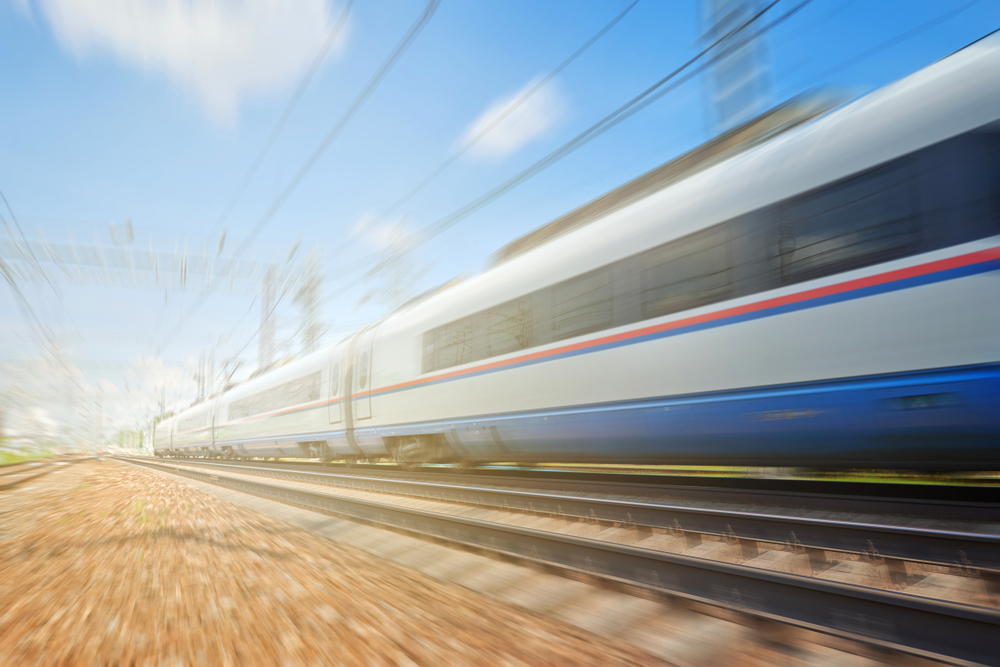
The introduction of ultra-high-speed ground transportation could shorten the commute between the largest cities of the American Northwest, improve mobility, and boost economic growth all around, according to a new study.
That study — the Ultra-High-Speed Ground Transportation Business Case Analysis — examined travel times of less than two-hour trips between Vancouver, British Columbia and Portland Oregon, as well as one-hour trips between Seattle and each of those mentioned above. The main focus of the study revolved around the ultra-high-speed system, which is projected to use an all-electric rail, magnetic levitation, or hyperloop technology to travel at speeds greater than 200 mph.
“The prospect of uniting Washington, Oregon, and British Columbia with an ultra-high-speed transportation system that propels us into the future is incredibly exciting,” Washington Gov. Jay Inslee said. “Imagine fast, frequent, and reliable travel with the potential for zero emissions and the opportunity to better compete in a global economy. It could transform the Pacific Northwest.”
The study found that the system could create a new transportation network in the region, pull in more companies and drive growth up over $350 billion, provide at least 1.7 million one-way annual trips, reduce carbon emissions and generate between $160 million and $250 million in initial annual revenue. The study estimated costs would be between $24 billion and $42 billion to build the system.
The study was completed by consultant WSP, Steer Davies Gleave, EnviroIssues, Paladin Partners, and Transportation Solutions over a year. Despite their findings, there is not yet an exact route or type of ultra-high-speed transportation planned for the region.